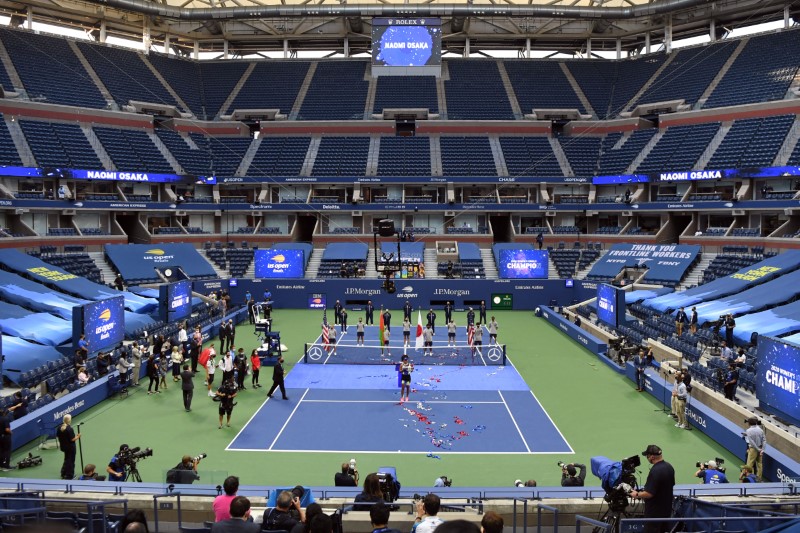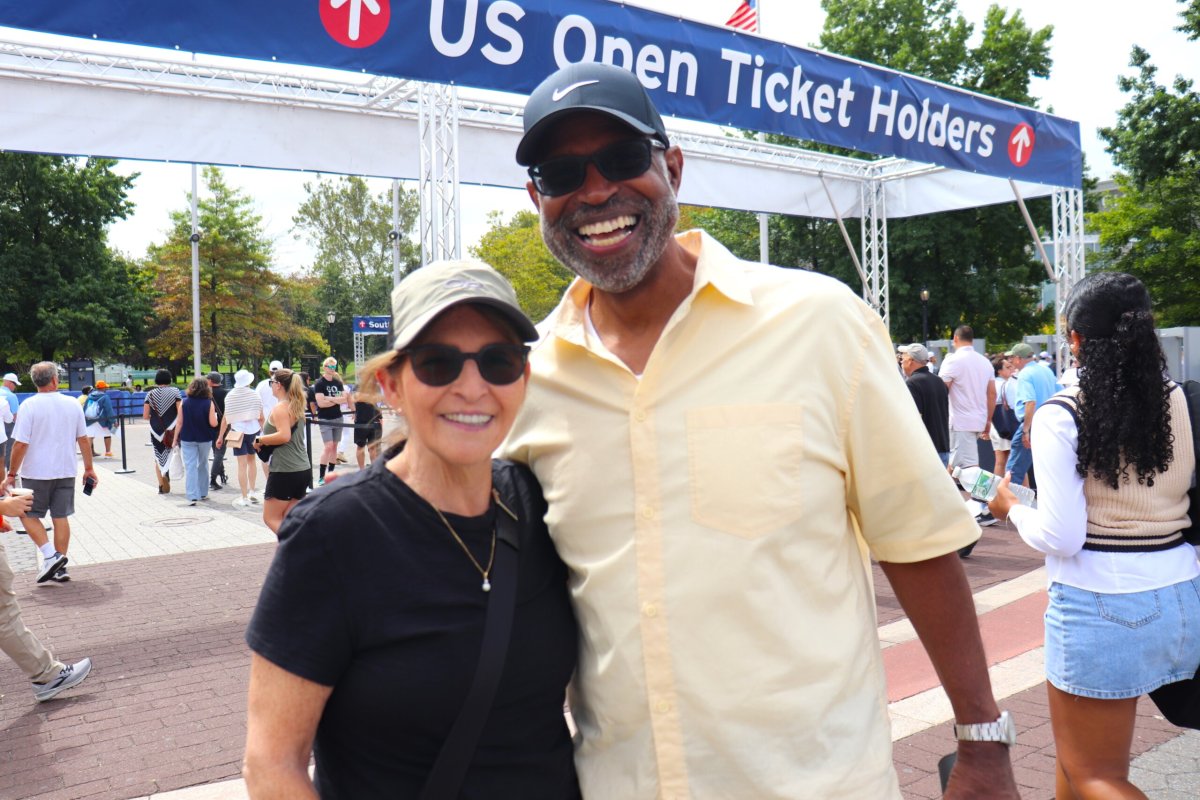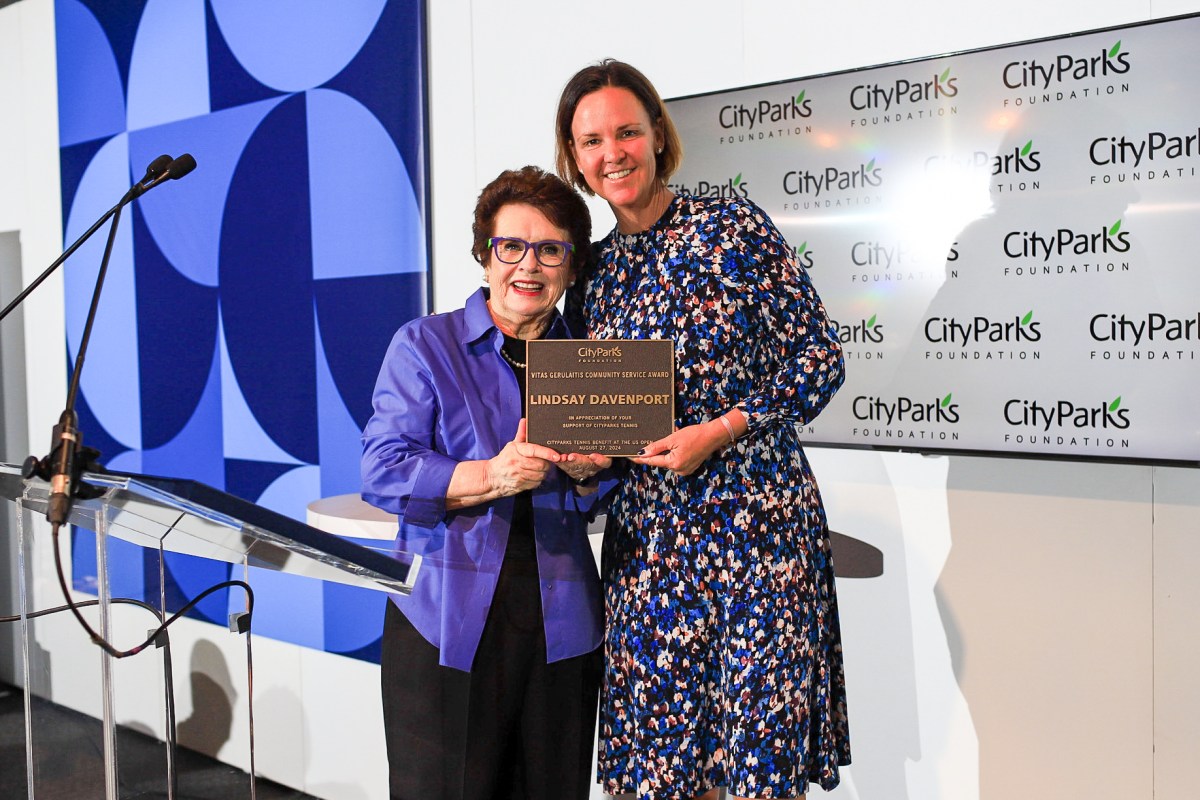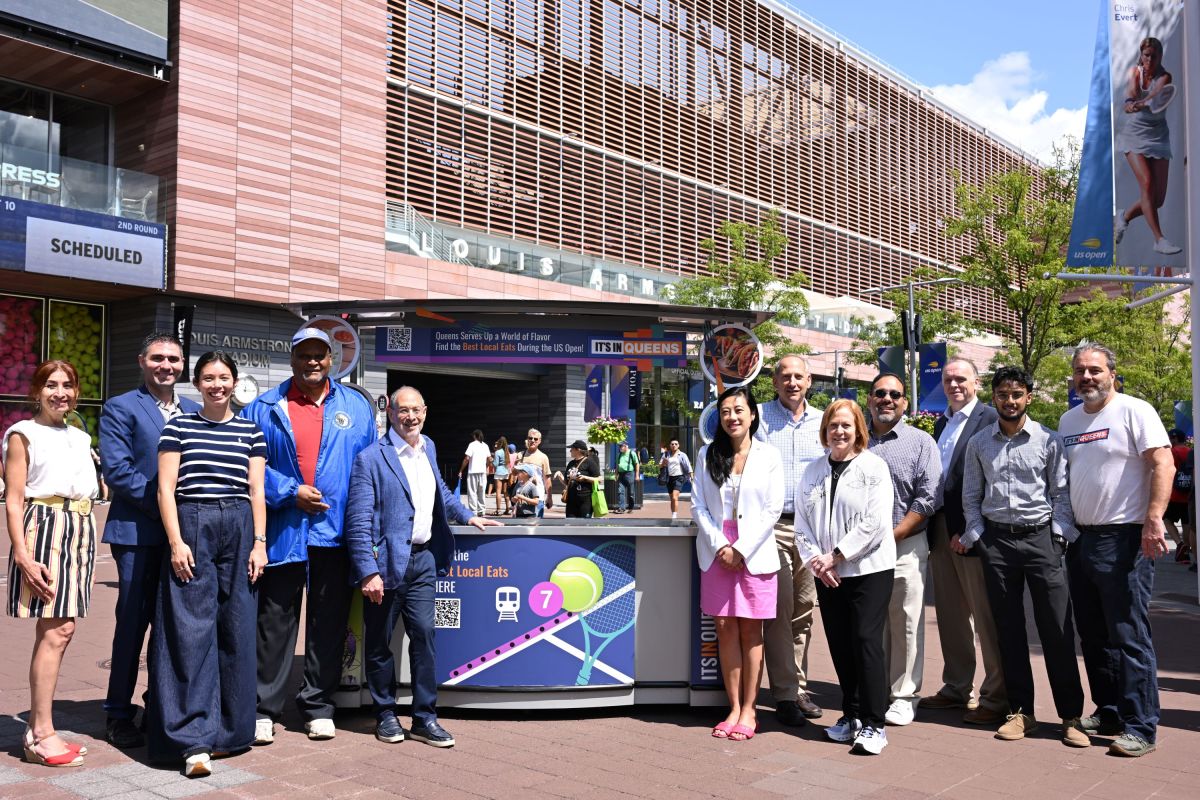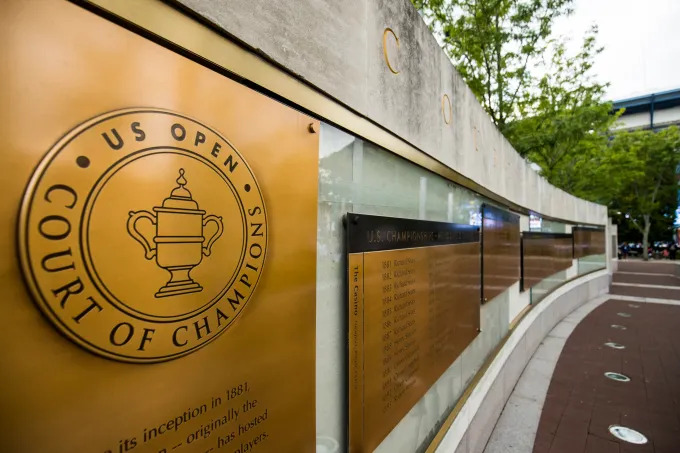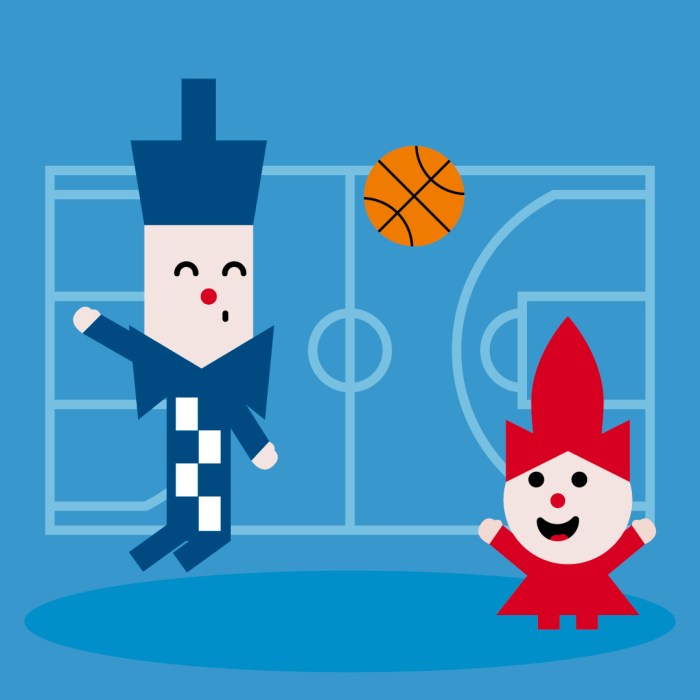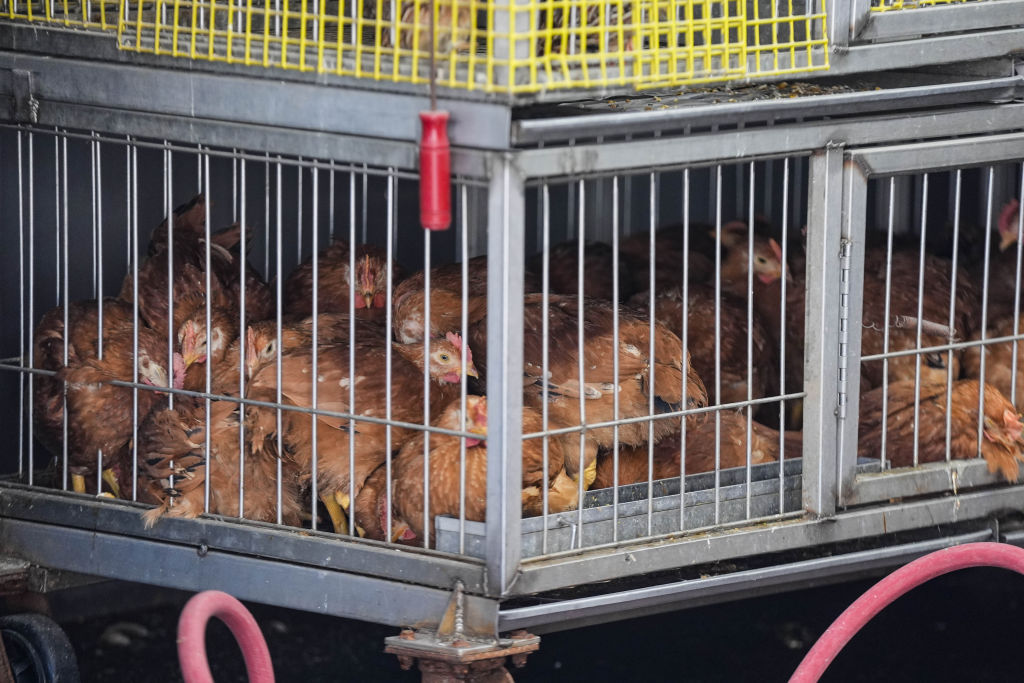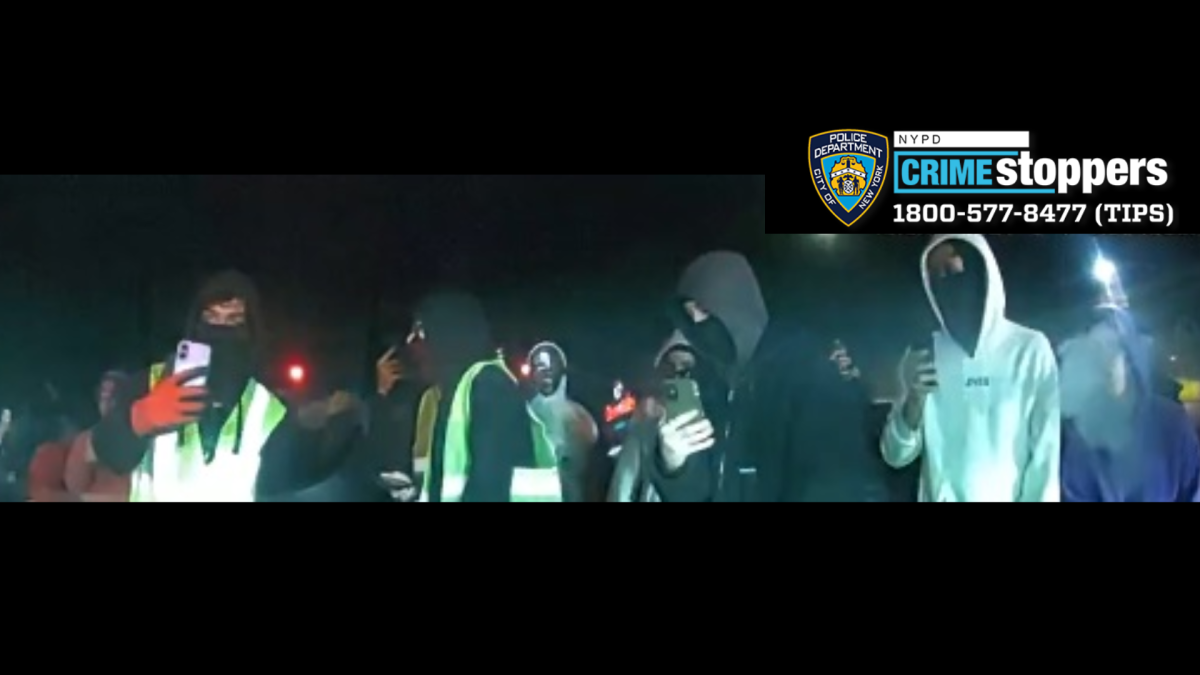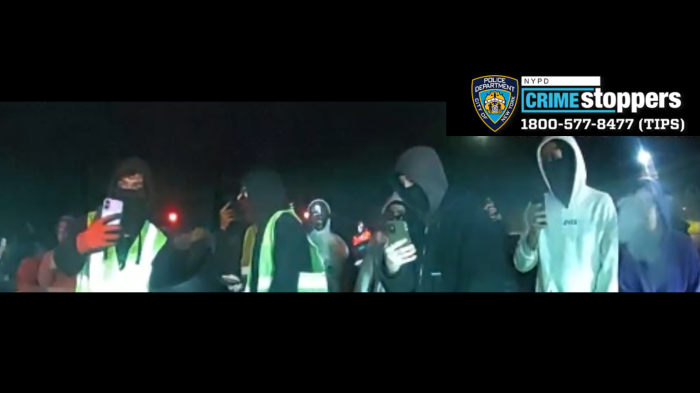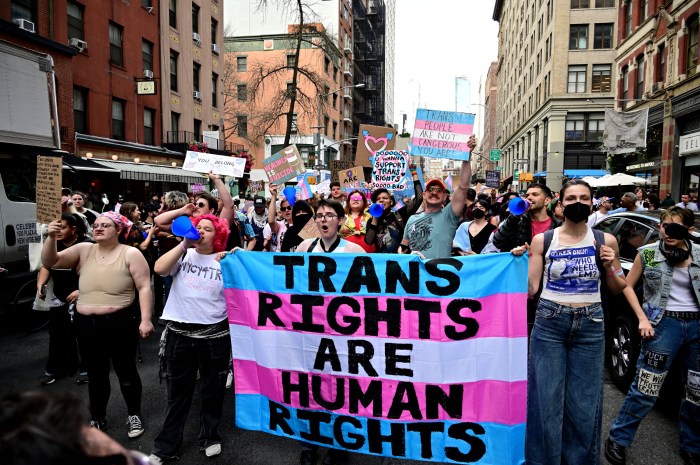BY AMY TENNERY
The U.S. Open finishes on Sunday having largely pulled off what was once seen as impossible: hosting an international sports mega-event amid the COVID-19 outbreak.
With 6,500 coronavirus tests and more than 25,000 temperature checks administered, the tournament offered a glimpse into how tennis could adapt in the global, deadly pandemic era.
Months after its famed Flushing Meadows venue hosted a field hospital amid a surge of COVID-19 cases, the 2020 U.S. Open kicked off with no fans in attendance and numerous rules in place designed to mitigate health risks.
Masks were required and high-fives banned, with signs reminding those in attendance to maintain proper social distancing. Inside the cafeteria, staff members slid cups of coffee to patrons from behind a clear, plastic shield, and patrons were asked to stand apart from one another.
“These four weeks have been able to demonstrate to the world how our sport can return to play safely,” said Tournament Director Stacey Allaster. “New York rallied. The U.S. Open rallied.”
However, there were moments of controversy.
France’s Benoit Paire was pulled from the tournament the weekend before it began after testing positive for COVID-19, with a handful of other players forced into “enhanced protocol” – otherwise referred to as the “bubble within the bubble” – after having contact with him.
Top doubles player Kristina Mladenovic, who had bristled at the enhanced protocol, was later pulled from the tournament after neighboring Nassau County, New York, issued a quarantine order.
But since the start of play none of the 365 competitors at the U.S. Open tested positive for the virus, which has ravaged the United States, claiming more than 190,000 lives.
There were four positive tests among members of the support staff on site as of Friday.
“On the moments where we perhaps thought it wasn’t going to happen, the adversity was there, I remember speaking to Billie (Jean King). She said, ‘Stace, remember who you serve,'” said Allaster. “We’re serving our sport. It’s been an unbelievable privilege.”
The top contenders will be back in Grand Slam competition later this month at Roland Garros, which was postponed due to the outbreak. Unlike the U.S. Open, the tournament plans to allow a limited number of spectators, a decision Allaster said she trusts.
Her advice to French Open officials? “Stay the course.”
“Stay focused that this is an invisible enemy,” she said. “From the moment you open the doors for staff, for partners, for the athletes and their support team members, be guided by medical science and the doctors.”



